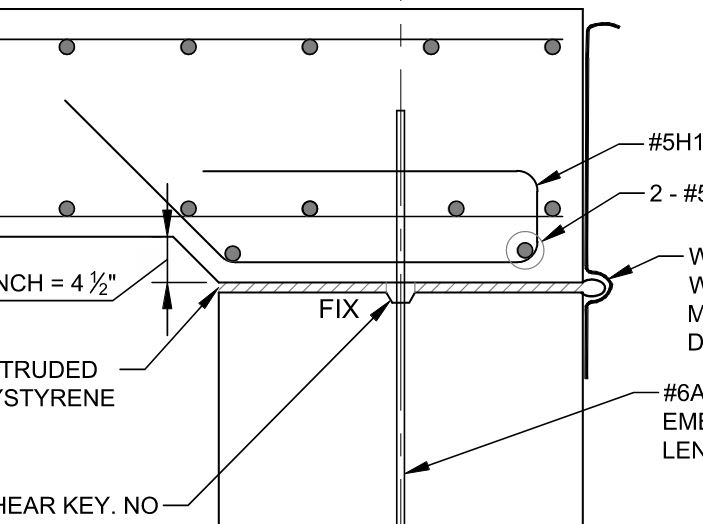Hello Guys,
I am working on the substructure design of a CIP Slab bridge.
Can anyone suggest how to determine TU/FR (Temperature and Friction forces) for the design of the substructure? I have attached the deck and abutment connection for your reference.
Typically in conventional girder bridges which had a bearing pad, I have used the shear modulus of the bearing pad to determine temperature force on the substructure.
Thanks
I am working on the substructure design of a CIP Slab bridge.
Can anyone suggest how to determine TU/FR (Temperature and Friction forces) for the design of the substructure? I have attached the deck and abutment connection for your reference.
Typically in conventional girder bridges which had a bearing pad, I have used the shear modulus of the bearing pad to determine temperature force on the substructure.
Thanks

